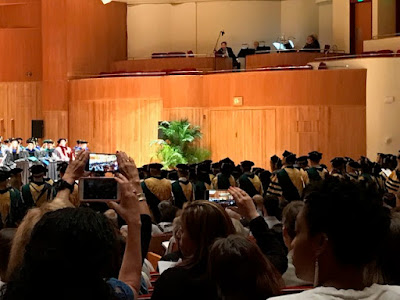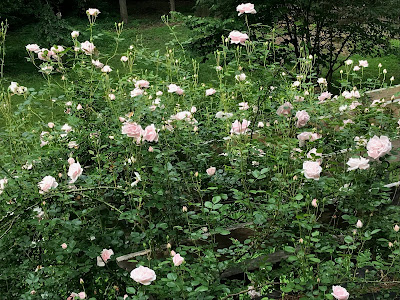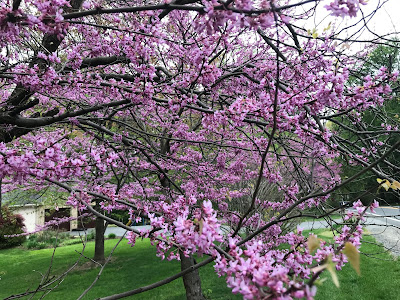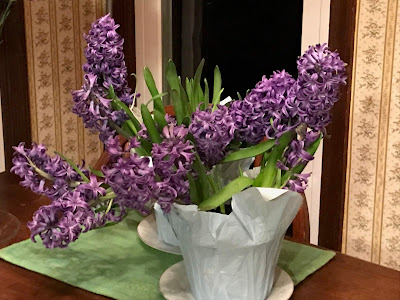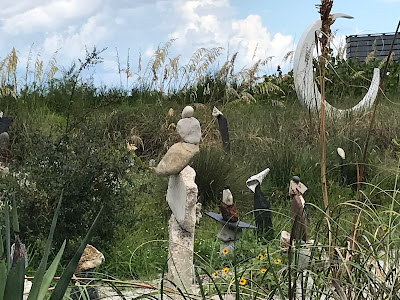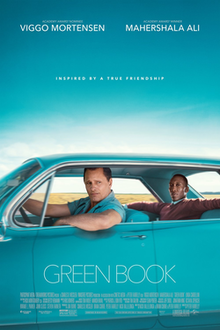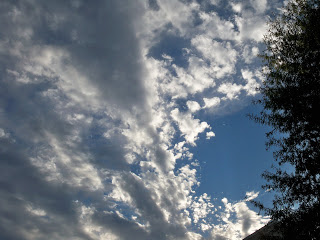This winter I’ve continued my binge-watching spree, plunging back into Downton Abbey after catching up on Victoria. Time permitting, I head down to the basement beanbag chair after dinner for 45 to 60 minutes of immersion in another world.
Add in elliptical-machine morning-exercise sessions, which require that one watch something to make the minutes pass more quickly, and my days lately have become what I’ve come to think of as a “Downton sandwich”: Twenty minutes of Lord and Lady Grantham in the morning and 50 minutes of Lord and Lady Grantham in the evening.
In between I must dress myself, drive my own car to Metro, commute on an overcrowded train with people of all classes, work a long day, then come home to make my own dinner. Oh, the indignity! I’m sure the Dowager Countess Violet Grantham (Dame Maggie Smith) would say something to buck me up, something like, “Don’t be defeatist, dear. It is very middle-class,” one of her many splendid zingers.
Still, my “Downton sandwich” makes me think about the modern world that was shaking the estates of the rich and titled in post World War I Britain. Makes me compare my life with those of the people upstairs (and downstairs, too, but upstairs is more fun): Where is the ladies maid to do my hair every morning? Where is the cook to prepare me a scrumptious breakfast that will be brought to me in bed? Where is the butler to open the door and dispatch all those horrid telephone sales calls?
These service personnel are scattered to the four winds, I guess. They’ve become engineers and baristas, doctors and teachers. They’re living their own lives. Poor me: I’m left to fend for myself!
(Highclere Castle interior courtesy Culture Trip)

